Important technical progress of lithium battery separator
1. Polyolefin surface modification
Adding or compounding materials with lyophilic properties and high
temperature resistance properties on the single-layer polyolefin diaphragm to
obtain a composite diaphragm with better performance is a major research
direction for preparing high-performance diaphragms.
Currently commonly used processes include coating, dipping, spraying, and
compounding. Studies have shown that polyarylate materials are coated on the PE
diaphragm to form a composite diaphragm of porous polymer precipitates. Due to
the good heat resistance of polyarylate, the melting temperature of the
composite diaphragm is increased to greater than 180 °C.
Coating dopamine on the PE separator by dip coating method, the obtained
modified separator has higher performance of absorbing electrolyte, which
effectively improves the high-rate cycle performance of the separator.
Using a mixture of PVDF/SiO2 to modify the polyolefin diaphragm, the
composite diaphragm has both the electrophilic performance of PVDF and the high
temperature resistance of SiO2, and the charge and discharge efficiency of the
various Zhong ion batteries can reach 94% at a discharge rate of 2C.
2. Polyolefin-ceramic composite diaphragm
Polyolefin-based organic separators have good mechanical properties and low
cost, but have deficiencies in thermal stability and lyophilicity. Therefore, as
battery separators, their safety performance needs to be improved. Therefore,
the process of coating inorganic ceramic particles on polyolefin organic
separators to prepare composite membranes emerged as the times require.
Although the impact of ceramic coating on battery performance still needs
more in-depth research and evaluation to draw a final conclusion, this
technology has been imitated by many diaphragm companies and battery companies
and has been rapidly promoted.
In polymer-ceramic composite membranes, polyolefin-based organic
microporous membrane materials provide flexibility to meet the needs of battery
assembly processes. Inorganic ceramic particles form a rigid framework in the
composite membrane to prevent the separator from shrinking or even melting under
high temperature conditions, so as to improve the safety performance of the
battery. The binder has an important influence on the surface properties, pore
structure, mechanical strength and other properties of the ceramic composite
membrane.
The polymer-ceramic composite membrane improves the thermal stability and
electrolyte wettability of the polyolefin separator to a certain extent, but the
biggest problem of this composite technology is that the combination of the
ceramic phase and the organic phase is weak, and it is easy to appear. Ceramic
shedding (powder dropping phenomenon. The process of pre-dispersing inorganic
ceramic particles in the film-forming solution by rationally regulating the
amount of thinner, using in-situ composite technology, and making a diaphragm
through wet biaxial stretching technology or electrospinning method, etc. method
can alleviate this phenomenon to a certain extent.
The composite diaphragm product based on polyolefin diaphragm mainly
maintains the machinability of polyolefin diaphragm, which is easy to stretch
and form holes, and at the same time improves the safety, lyophilicity and other
characteristics of the diaphragm, and realizes commercialization in the
replacement product of the diaphragm Before, it will still occupy an important
market share.
3. New material system
According to the materials used, battery separators are divided into
polyolefin modified separators and new material system separators. Among them,
the new material system mainly includes fluorine-containing polymer diaphragms,
cellulose diaphragms, polyimide (PI) diaphragms, polyester (PET) diaphragms and
other polymer ceramic composite diaphragms.
(1) Fluoropolymer diaphragm mainly refers to PVDF diaphragm material. From
the perspective of materials, it can be divided into three categories: single
polymer, multi-polymer and organic-inorganic composite. The most commonly used
single polymers include PVDF, P(VDF-HFP) (polyvinylidene
fluoride-hexafluoropropylene), and P(VDF-TrFE) (polyvinylidene
fluoride-trifluoroethylene).
Compared with polyolefin diaphragm materials, the fluoropolymer diaphragm
has stronger polarity and higher dielectric constant, which greatly improves the
lyophilicity of the diaphragm and facilitates the ionization of lithium
salts.
In addition, there are various molding methods for this kind of materials,
such as casting method, electrospinning method, hot pressing method, etc., which
are beneficial to control the porosity.
(2) The battery performance of cellulose separator is comparable to that of
polyolefin separator, but its resource is abundant and renewable. At the same
time, the initial decomposition temperature of cellulose materials is higher
(>270"C), and the thermal stability is significantly better than that of
polyolefin materials.
The cellulose-based materials used in the early stage have excellent fast
charge and discharge performance, but there is a self-discharge phenomenon, the
cycle performance is not stable enough, and the voltage resistance is not
enough. Some researchers used non-woven cellulose as the substrate and
P(VDF-HFP) as the coating to prepare a cellulose/PVDF composite separator.
Compared with the traditional PP membrane, the lyophilicity is significantly
enhanced and the thermal stability is greatly improved. promote.
(3) New process method
There are two core contents in the research and development of the
diaphragm: one is the new material system, and the other is the process method
that can realize industrial production. Without efficient process methods, no
matter how good the material is, it cannot become a widely accepted
commodity.


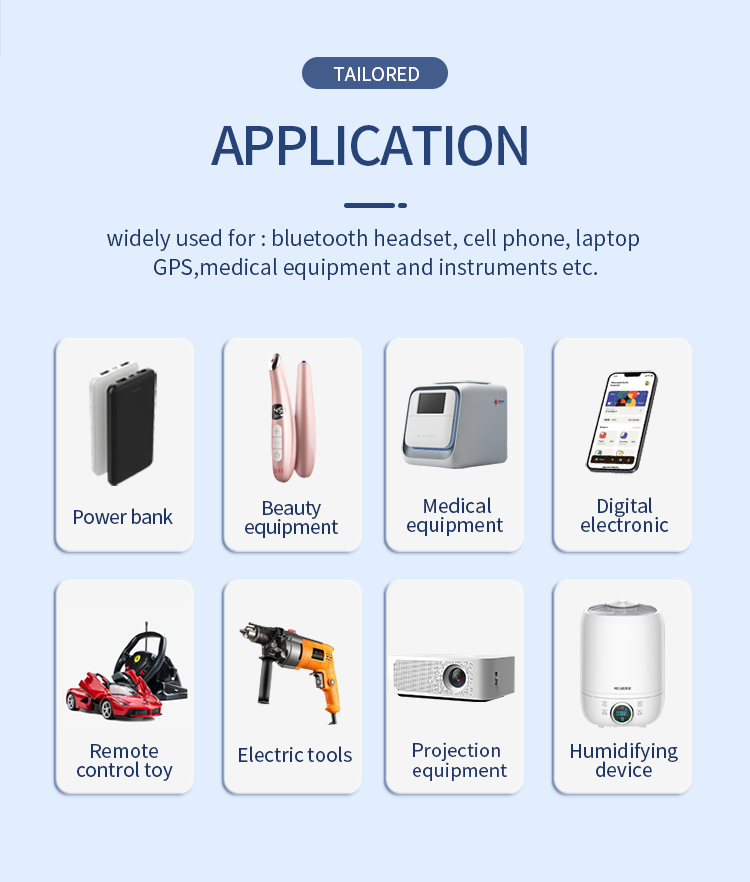
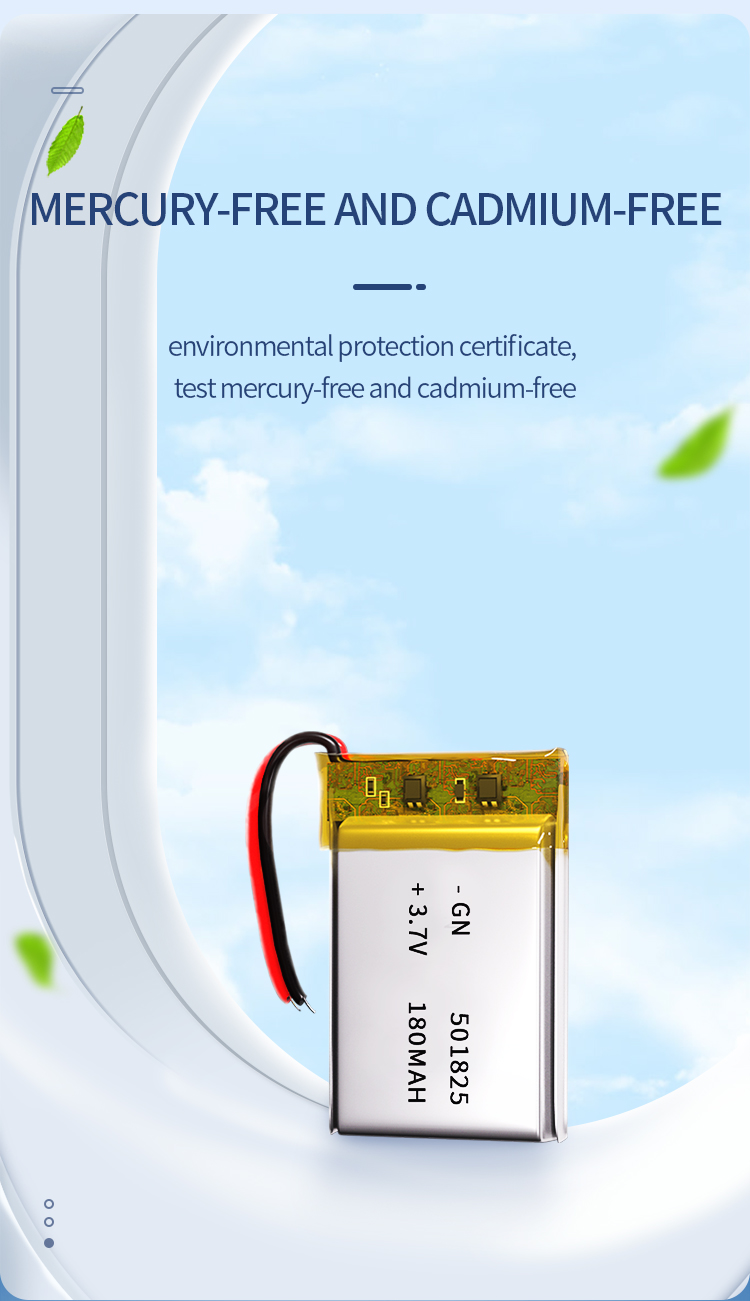
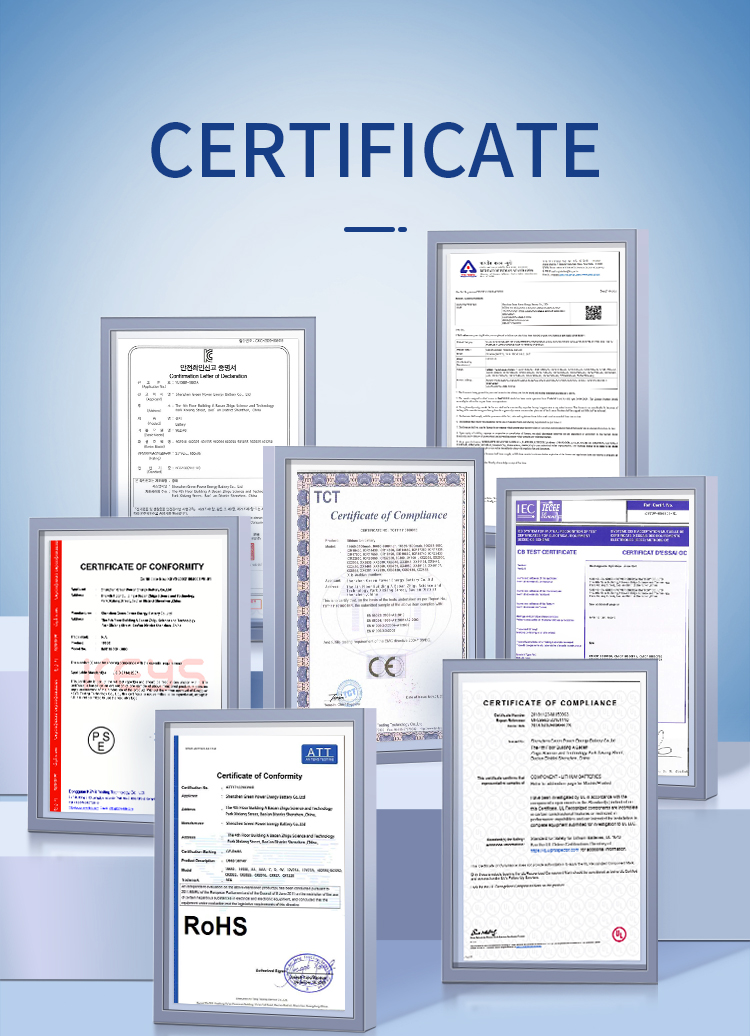
































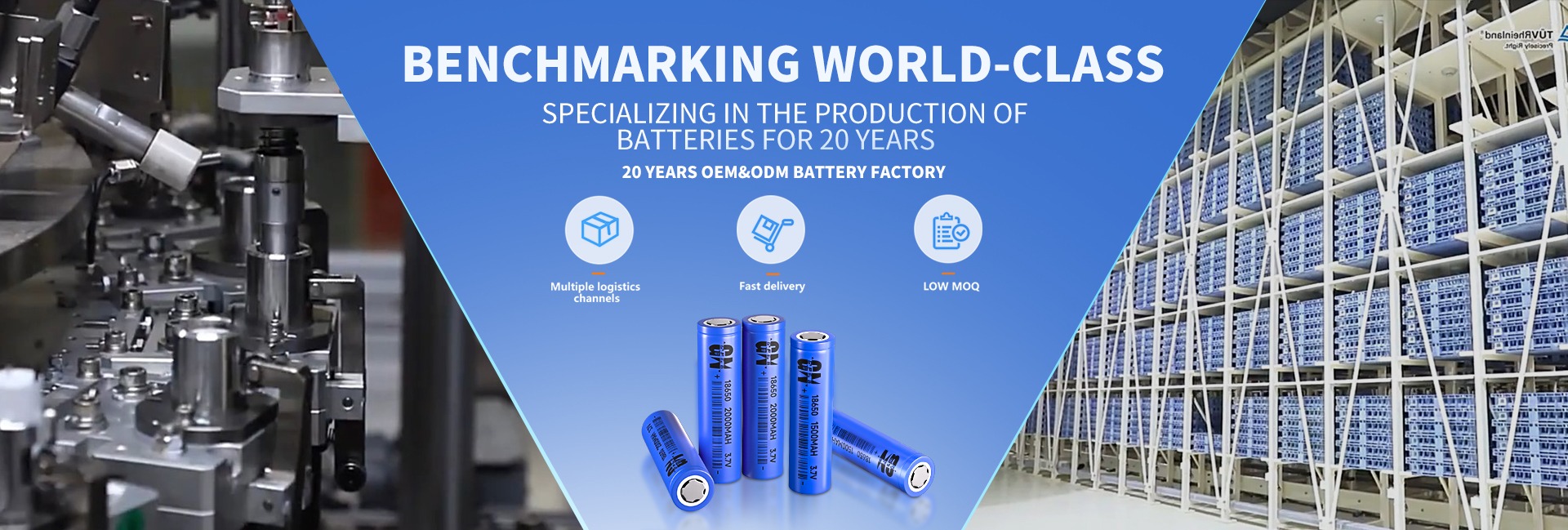
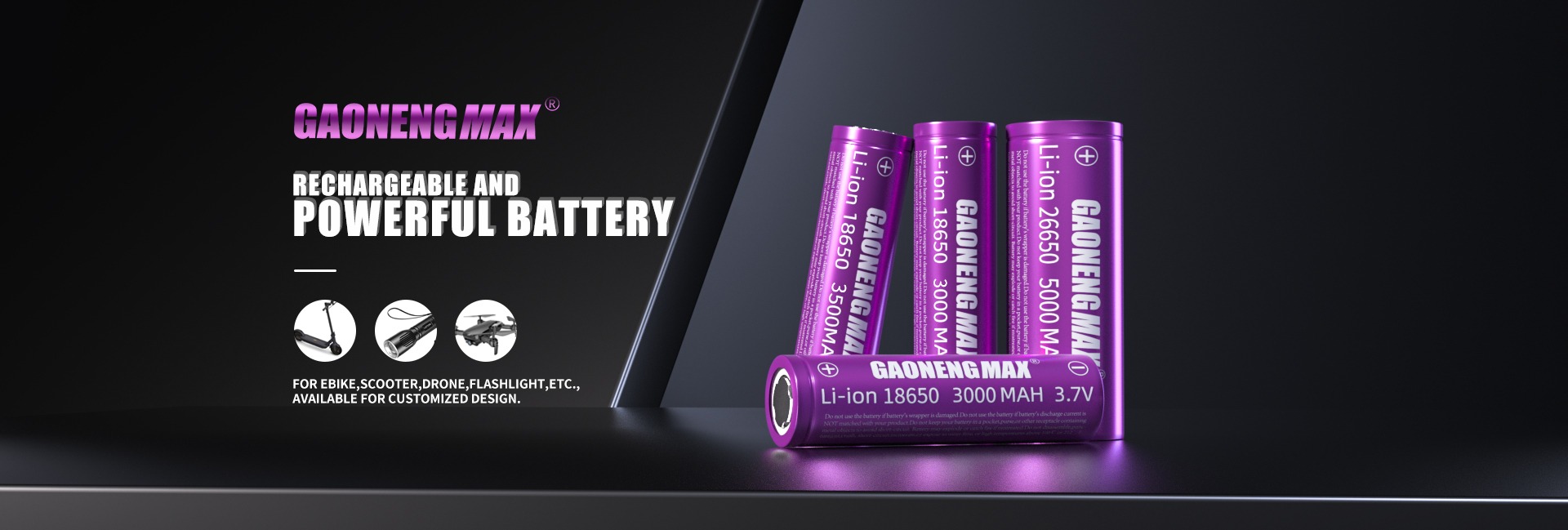
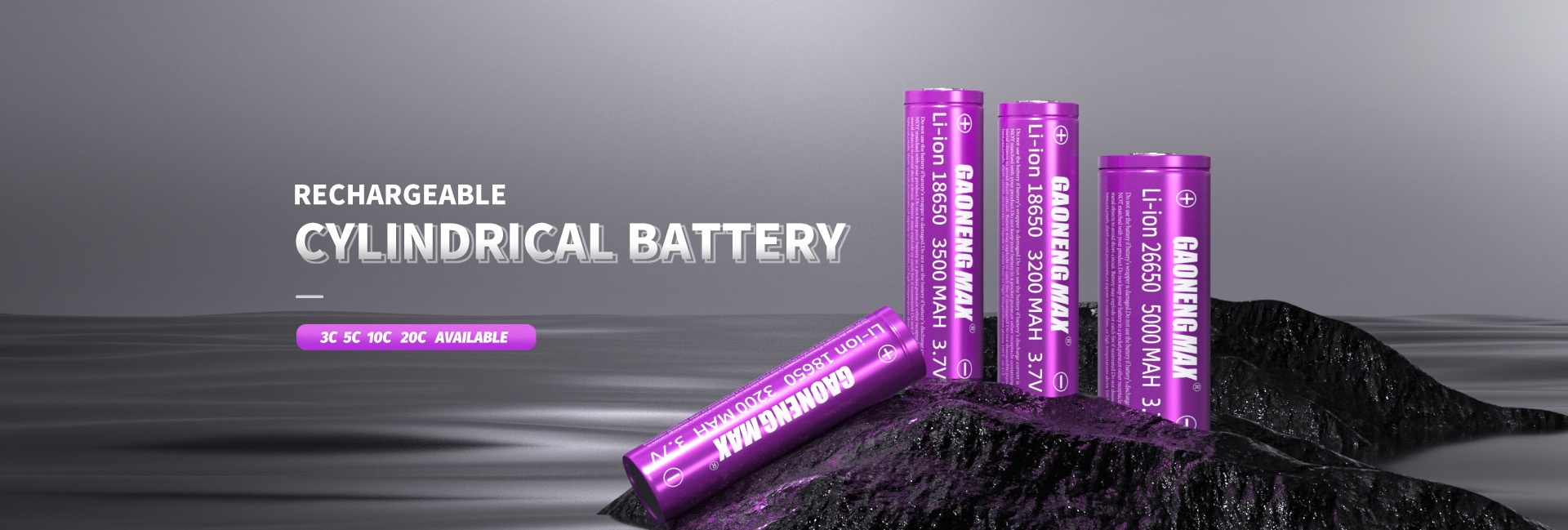
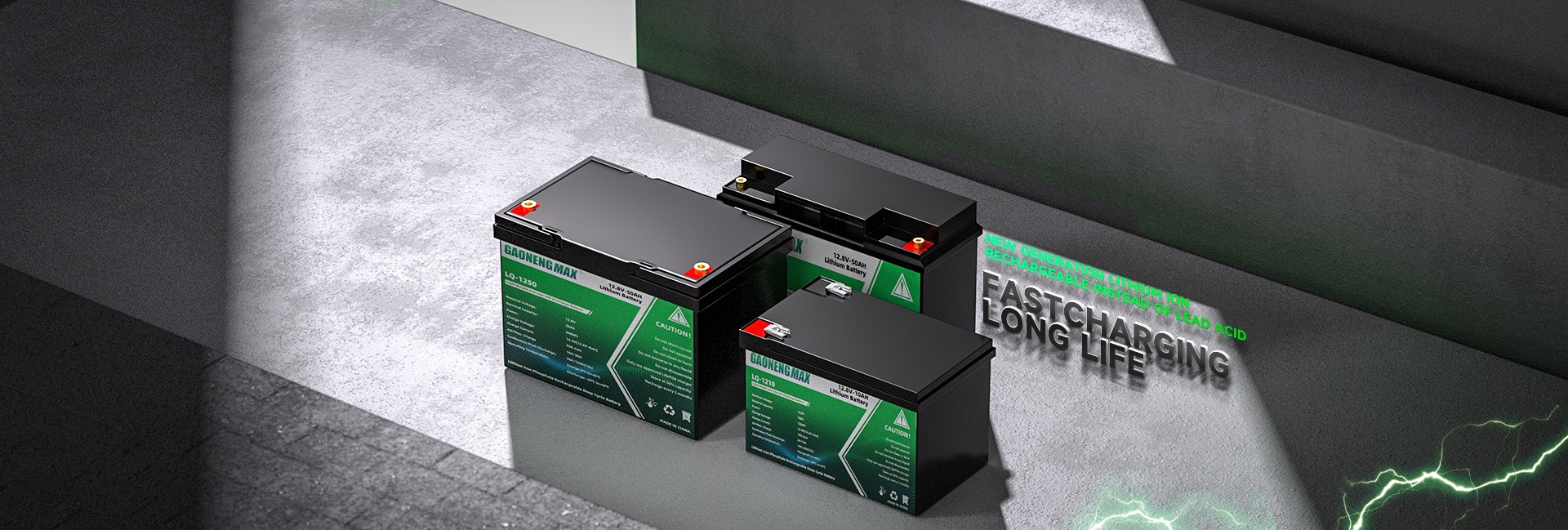




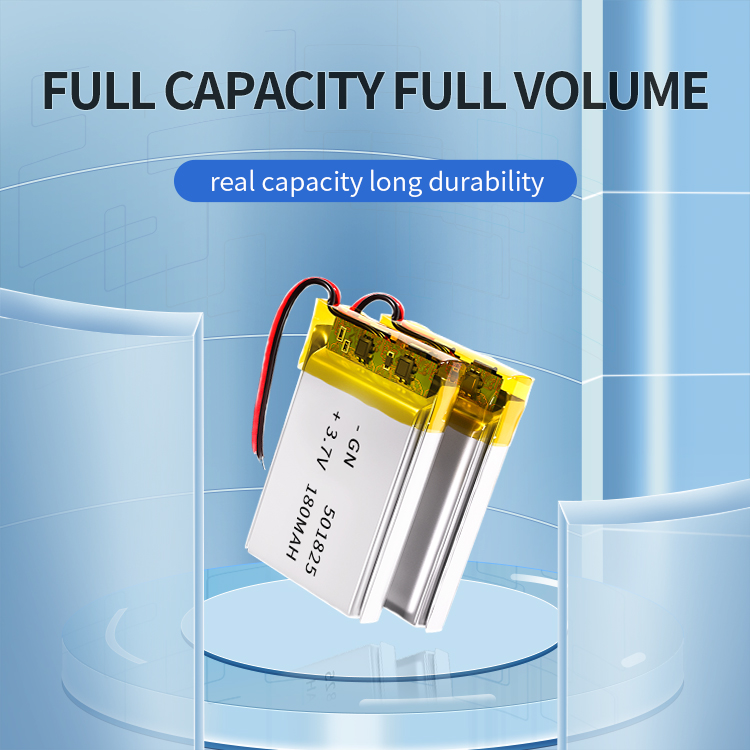


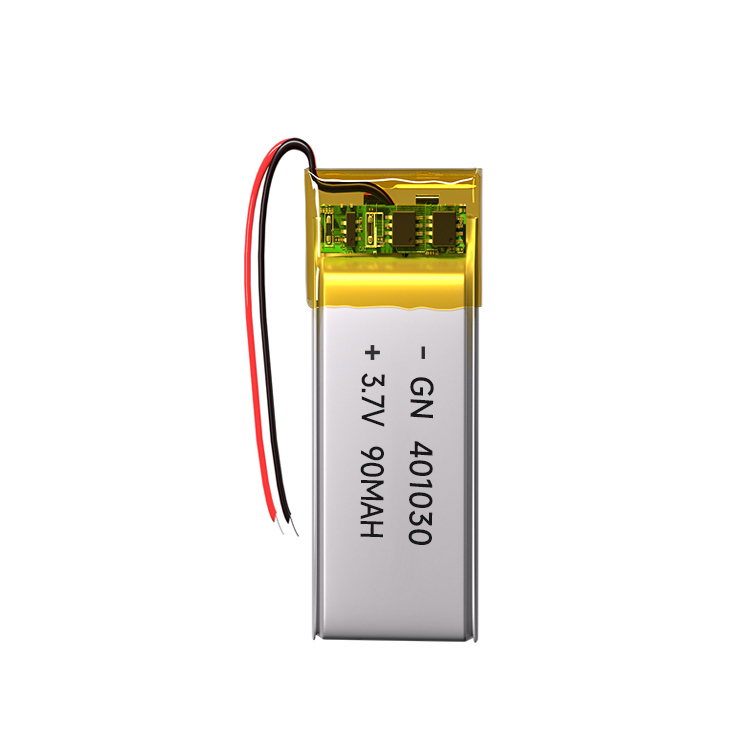









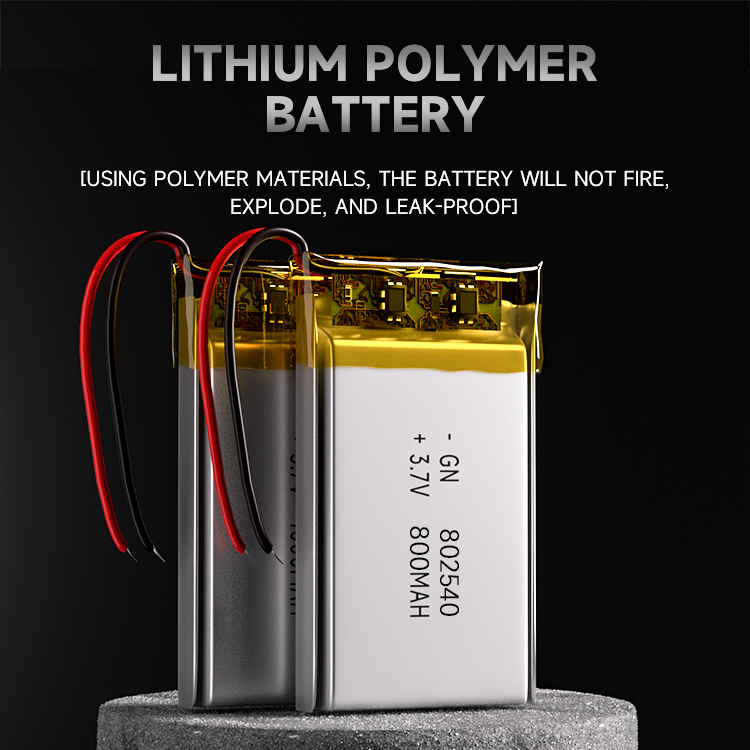


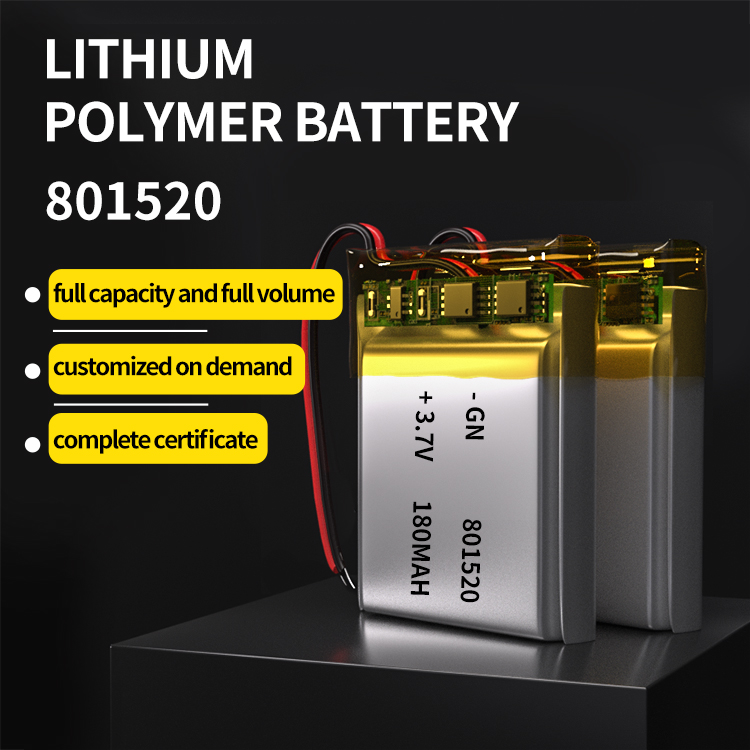

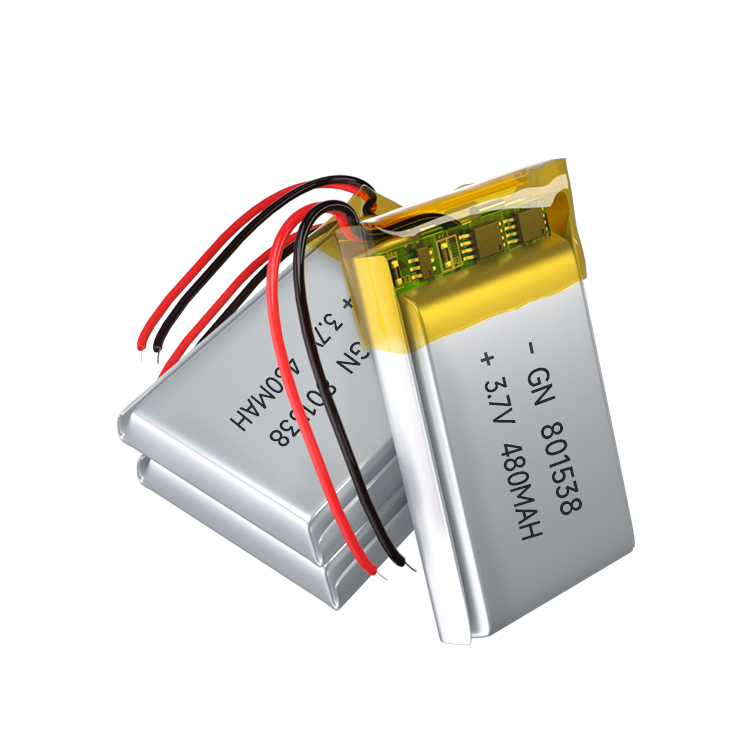
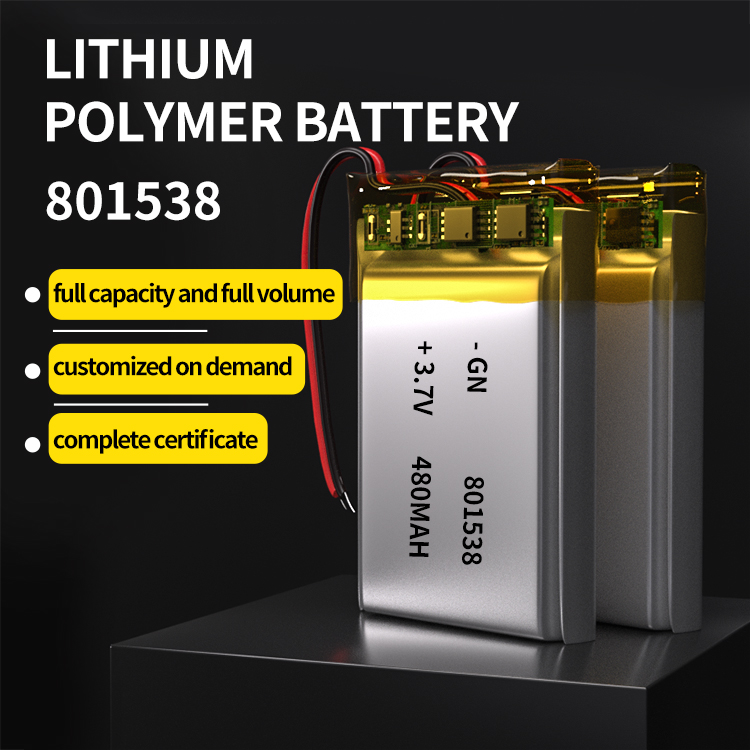


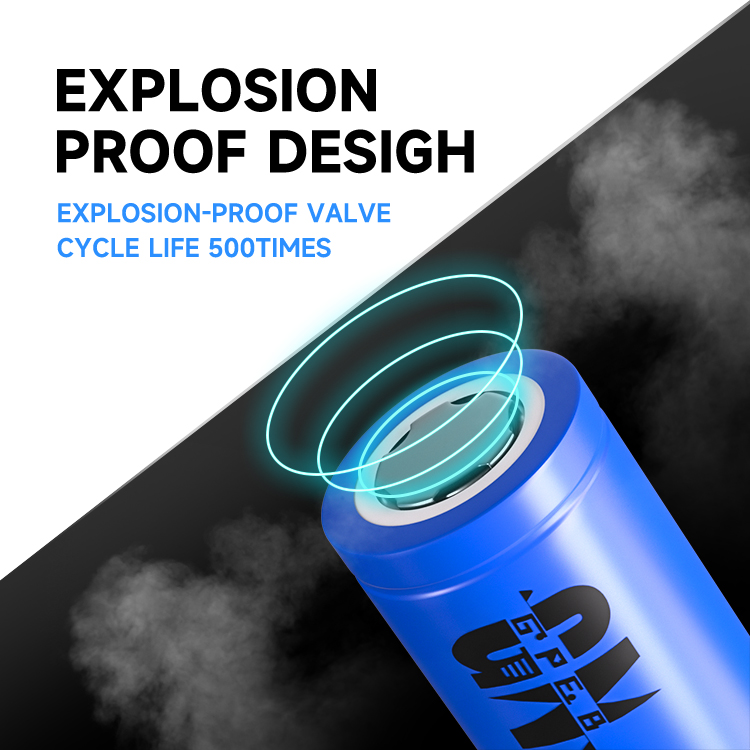
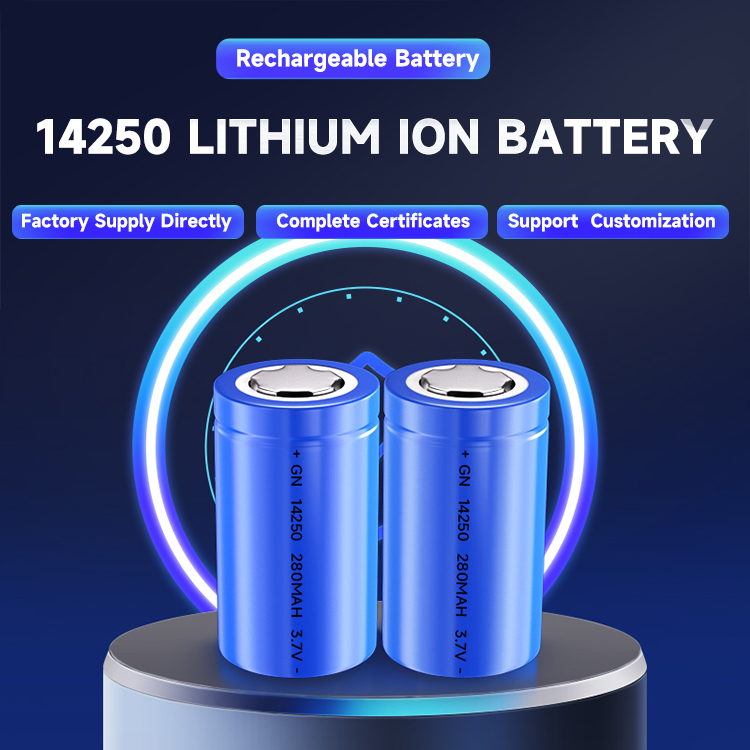
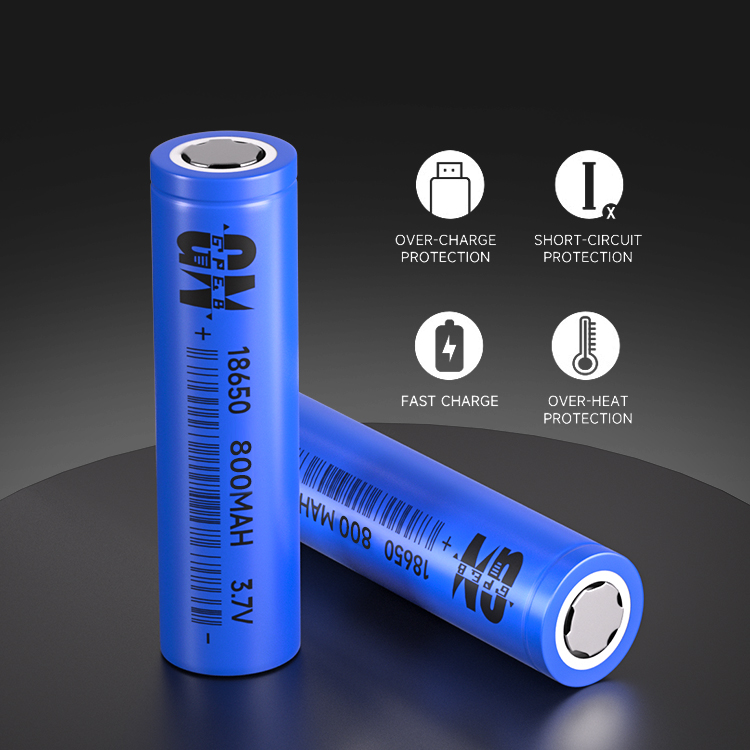
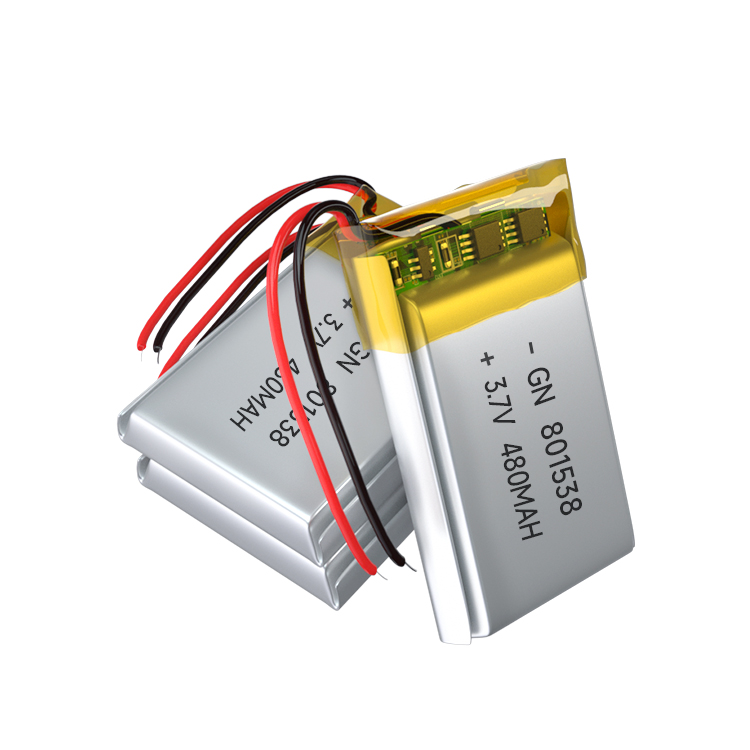


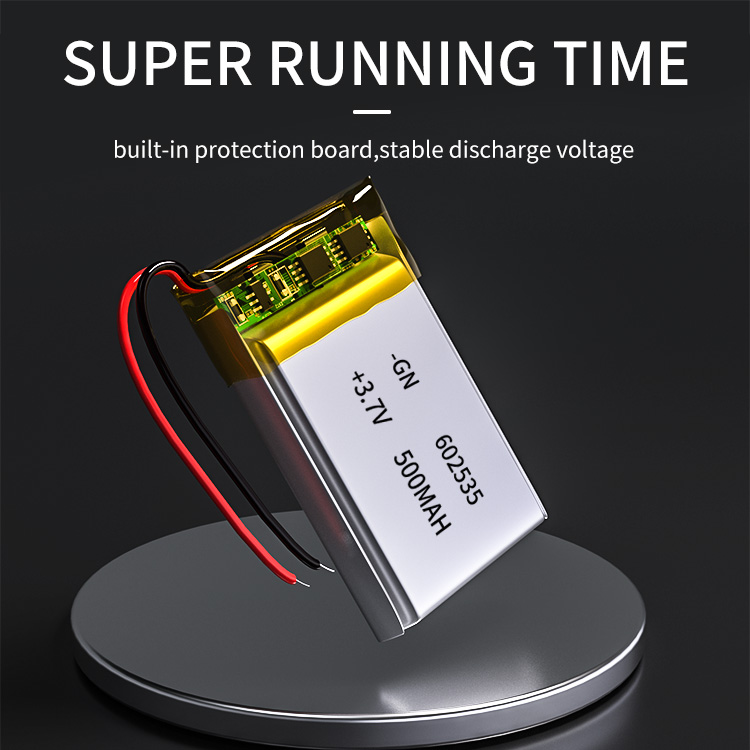


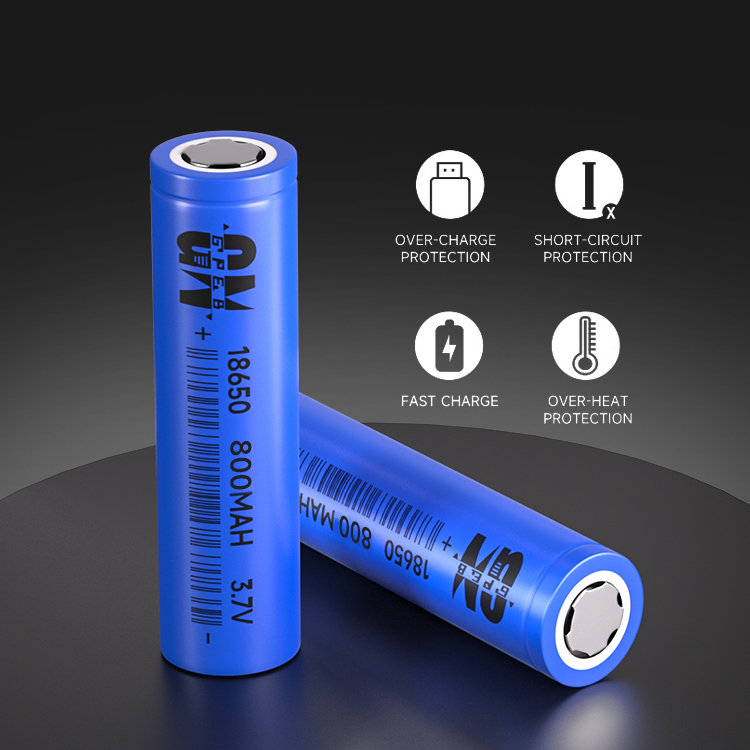
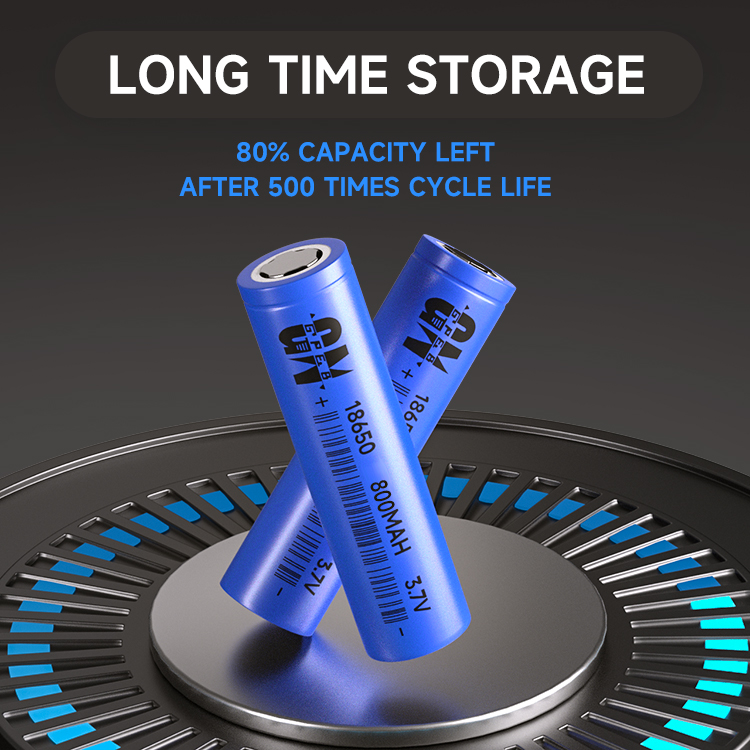










 360° FACTORY VR TOUR
360° FACTORY VR TOUR
 Whatsapp
Whatsapp
 Tel
Tel Email
Email TOP
TOP